Disclosure: This article contains affiliate links. We may earn a commission from purchases at no extra cost to you, which helps our travel content.
As someone who spends half my life in the air and the other half exploring cities on the ground, I've developed a keen eye for efficient transportation systems. Living in Venice—a city where cars are literally banned—has only heightened my appreciation for well-designed public transit. During a recent two-week stint between flights, I decided to conduct a comparative analysis of two fascinating European capitals: Lisbon and Rome. Both cities offer unique transit experiences that reflect their distinct topographies, histories, and approaches to urban mobility. Whether you're a student planning a semester abroad or just looking to navigate these cities without breaking the bank, this transit deep-dive is your flight plan to success.
The Metro Systems: Underground Efficiency Face-Off
If metro systems were aircraft, Lisbon would be flying a nimble regional jet while Rome operates a wide-body with inconsistent maintenance. Lisbon's metro is compact but remarkably efficient, with just four lines (color-coded blue, yellow, green, and red) that connect most tourist areas and universities with clean, air-conditioned trains arriving every 6-8 minutes during peak hours.
Rome's metro, meanwhile, resembles a long-haul operation with just three lines (A, B, and C) despite serving a much larger metropolitan area. The archaeological richness beneath Rome has complicated subway construction for decades—imagine trying to build an airport runway and discovering ancient civilizations with every excavation.
Lisbon's system operates from 6:30 AM to 1:00 AM, making it student-friendly for both early classes and late-night returns from social outings. Rome's metro closes earlier (5:30 AM to 11:30 PM Sunday-Thursday, extended to 1:30 AM on Fridays and Saturdays), creating potential challenges for night owls.
During my testing, Lisbon's average wait time was 4 minutes versus Rome's 8 minutes. Both systems offer tourist passes, but Lisbon's Lisboa Card provides better integration with aboveground transport and museum discounts that student budgets will appreciate.
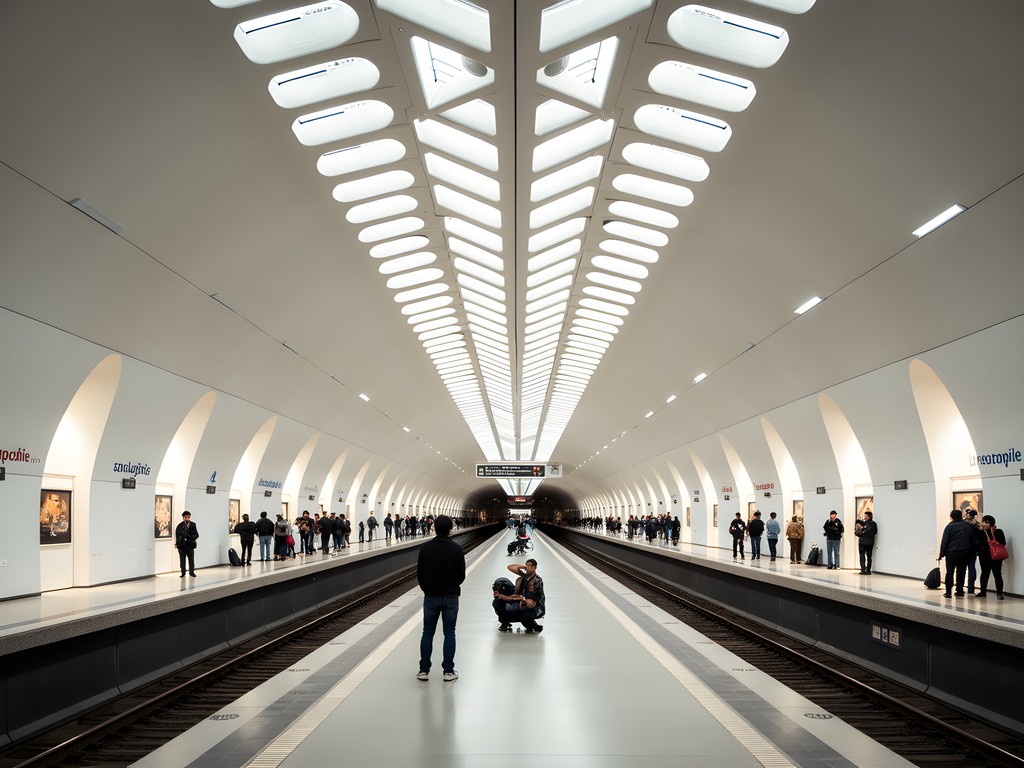
💡 Pro Tips
- In both cities, validate your ticket before boarding or face steep fines—I learned this the hard way in Rome
- Download the official transit apps: 'Lisboa MOVE-ME' for Lisbon and 'muoversiaroma' for Rome
- In Lisbon, the 24-hour pass (€6.60) usually offers better value than single tickets if you're making 3+ trips daily
Navigating the Hills: Trams, Funiculars and Elevation Challenges
If Lisbon and Rome were flight paths, Lisbon would require constant altitude adjustments while Rome offers more level cruising. Lisbon's famous seven hills create unique transit challenges that the city addresses with a network of vintage trams, funiculars, and even public elevators.
The iconic yellow Tram 28 deserves its reputation, cutting through Lisbon's most scenic neighborhoods while tackling gradients that would challenge many aircraft on short runways. However, its popularity means it's often as crowded as an oversold flight. Pro tip: board at Martim Moniz (the starting point) early morning or evening for a better chance at a seat.
Rome's terrain is also hilly (the famous seven hills), but the elevation changes feel less dramatic in daily navigation. Instead, Rome's transit challenges stem from its narrow medieval streets where modern buses must somehow maneuver. Many visitors underestimate walking distances in Rome—what looks close on maps often involves unexpected detours.
For conquering Lisbon's hills, I recommend investing in quality hiking shoes that provide ankle support and grip on those slippery cobblestones. My pair saved me from countless slips on steep descents after rainfall. Similarly, a collapsible water bottle proved invaluable for staying hydrated during Lisbon's uphill climbs without adding weight to my daypack.

💡 Pro Tips
- Purchase a 'Viva Viagem' card in Lisbon (€0.50) and load it with credit for all public transportation including funiculars and elevators
- In both cities, Google Maps transit directions are generally reliable but sometimes miss the most scenic route options
- The Elevador de Santa Justa in Lisbon is both transportation and attraction—go early to avoid lines
Budget-Friendly Transit Passes: The Student's Salvation
As a pilot, I'm accustomed to flight planning with precision—and budget travel requires the same attention to detail. Both Lisbon and Rome offer transit passes that can significantly reduce costs for students spending more than a few days in either city.
In Lisbon, the monthly unlimited pass called 'Navegante' costs just €40 for all public transportation within the city limits—an incredible value compared to most European capitals. Students with local university ID can qualify for discounted passes at €30/month. For short-term visitors, the 24-hour ticket (€6.60) or 72-hour ticket (€16.00) offers unlimited travel on all Lisbon transit modes including the scenic ferry crossings to Cacilhas.
Rome's monthly pass costs €35 and covers all ATAC services (metro, buses, and trams). Weekly tickets run €24, while the 72-hour tourist ticket costs €18. The real value comes with the annual student pass, which costs €250 but requires enrollment in an Italian university.
For tracking expenses while navigating both cities, I relied heavily on my travel wallet which kept my transit passes, student ID, and emergency cash secure and organized. Unlike standard wallets, its RFID-blocking feature protected my cards while the slim design didn't create an obvious bulge—essential for crowded transit situations where pickpocketing is common.
During longer stays in either city, consider investing in a portable power bank as constantly checking transit apps can drain your phone battery quickly, especially when navigating unfamiliar routes.

💡 Pro Tips
- Always keep your validated ticket until you exit the system completely—random checks are common in both cities
- In Lisbon, reload your Viva Viagem card rather than buying new tickets each time to save on the €0.50 card fee
- Rome's ATAC transit passes don't include transport to/from Fiumicino Airport—budget for separate tickets
Sustainable Mobility: Bike Sharing and Electric Options
My passion for sustainable transportation has taken flight in recent years, and both Lisbon and Rome present interesting case studies in green mobility solutions—albeit with very different approaches and challenges.
Lisbon has embraced the electric mobility revolution with impressive commitment. The GIRA bike-sharing system features electric-assist bicycles that make tackling those infamous hills surprisingly manageable. With over 600 bicycles and expanding stations throughout the city, the system costs €2 for a day pass plus usage fees (first 45 minutes free, then €1 per additional 45 minutes). The electric assist is a game-changer for the city's topography—I maintained a steady 15km/h uphill without breaking a sweat.
For accessing the bike system, you'll need the phone mount which securely attaches your smartphone to the handlebars. This proved invaluable for navigating unfamiliar routes while keeping both hands on the handlebars—essential when descending Lisbon's steep streets.
Rome's bike-sharing systems have struggled with maintenance issues and theft, making them less reliable for daily use. However, Rome has seen an explosion of electric scooter services like Lime, Bird, and Dott that have become popular with students. A typical 15-minute scooter ride costs €3-4—more expensive than public transit but offering door-to-door convenience.
For either city, I recommend downloading offline maps which provides detailed navigation even without data connection. The premium version offers bicycle-specific routing that accounts for hills and dedicated bike lanes—essential for planning efficient routes in these ancient cities not originally designed for modern transportation.

💡 Pro Tips
- In Lisbon, the electric bikes have limited battery range—check the battery indicator before selecting your bike
- Rome's electric scooters are banned in pedestrian-only historic areas—pay attention to app warnings to avoid fines
- Both cities have dedicated cycling paths along waterfront areas that offer scenic and safe riding experiences
Night Transit: The After-Hours Navigation Challenge
As a pilot accustomed to red-eye flights, I'm particularly sensitive to transportation options during non-standard hours. For students balancing study and social life, understanding night transit options is crucial for both safety and budget management.
Lisbon maintains limited night bus services called 'Rede da Madrugada' (Dawn Network) with six routes operating between midnight and 5:00 AM. These night buses run approximately every 30 minutes and maintain the same fare structure as daytime services. The routes connect major neighborhoods with nightlife districts like Bairro Alto and Cais do Sodré. For safety during late returns to accommodation, I relied on my personal safety alarm which clips easily to backpacks or belts and emits a loud siren if needed—providing peace of mind when walking from night bus stops.
Rome's night bus network is more extensive, with over 20 routes marked with an 'n' prefix before the route number. These buses generally run from midnight until 5:30 AM at 30-minute intervals. The central hub for night buses is Piazza Venezia, where multiple routes converge, making transfers possible. Standard tickets remain valid, offering excellent value for budget travelers.
Both cities have seen ride-sharing services like Uber gain popularity for late-night transportation, though prices surge significantly after midnight. For groups of 3-4 students, these services can become cost-competitive with public transit while offering door-to-door convenience.

💡 Pro Tips
- In both cities, night buses follow different routes than their daytime counterparts—don't assume stops are in the same locations
- Download transit apps that work offline in case you lose data connection late at night
- In Lisbon, the 'Bica' and 'Glória' funiculars operate until 9:00 PM, providing uphill shortcuts for early evening returns
Final Thoughts
After two weeks navigating these magnificent European capitals, I've developed a clear flight plan recommendation for student travelers: Lisbon wins for overall transit efficiency, affordability, and innovation despite its challenging topography. Rome offers unmatched historical richness but requires more patience and planning for efficient navigation.
Lisbon's integrated approach to public transit—combining traditional metros and buses with unique solutions like funiculars and elevators—creates a system that's both practical and part of the city's charm. Rome's system serves its purpose but feels more like a necessary utility than an integrated part of the urban experience.
As someone who splits life between the cockpit and the ground, I've come to appreciate that transportation isn't just about reaching destinations—it's about how the journey shapes our experience of place. Whether you're climbing aboard a vintage Lisbon tram or descending into Rome's archaeological-museum-meets-metro-station at San Giovanni, remember that public transit offers one of the most authentic windows into local life.
Wherever your studies take you in Europe, embrace public transportation not just as a means to save money, but as an education in itself—a daily immersion in the rhythm and flow of your temporary home. Safe travels and smooth connections, fellow explorers!
✨ Key Takeaways
- Lisbon's transit system is more compact but generally more efficient than Rome's
- Both cities offer excellent monthly pass values for students staying longer term
- Electric mobility options are transforming Lisbon but still developing in Rome
- Night transit options exist in both cities but require advance planning
📋 Practical Information
Best Time to Visit
year-round, though spring and fall offer ideal temperatures for walking and cycling
Budget Estimate
€30-40 per week for transportation in either city
Recommended Duration
minimum 3 days in each city to understand transit systems
Difficulty Level
Beginner (With Proper Planning)

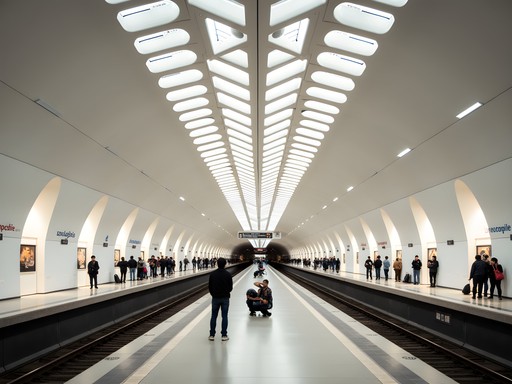
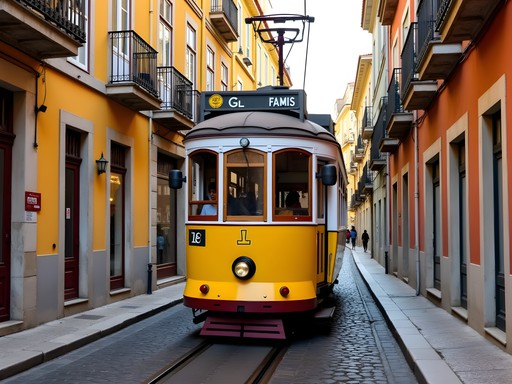

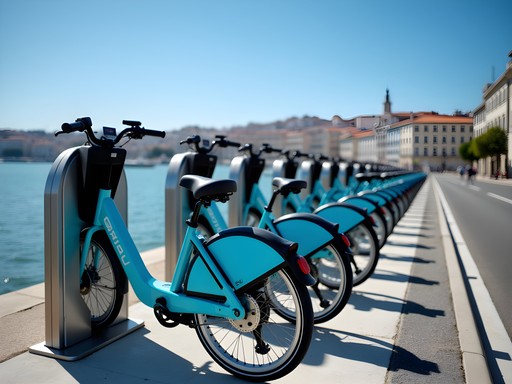










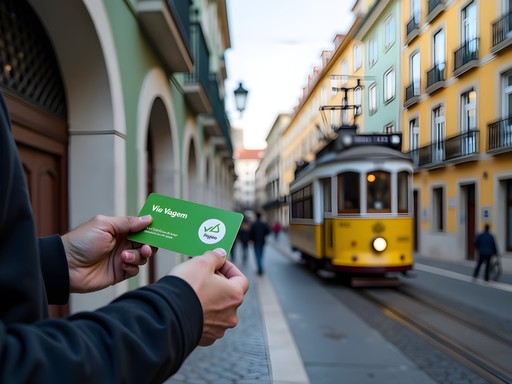
Comments
travelhero8157
Wish I'd known about those Lisbon funiculars before my trip! My calves were on fire after day one lol
coffeeseeker
Interesting comparison! I found Rome's transit system incredibly frustrating during my visit last year. Buses rarely followed the posted schedules, and the metro didn't reach many places I wanted to go. Haven't been to Lisbon yet, but it sounds much more user-friendly. Do you think it's worth getting a Lisboa Card if I'm there for just 3 days?
islandtime
Not Dennis, but I researched this for my upcoming trip! Lisboa Card is worth it if you're hitting multiple museums since it includes free entry to 35+ attractions plus all public transport. For just getting around, the 72h transit pass is cheaper.
Haley Hamilton
Dennis, this is spot on! As someone who's backpacked through both cities multiple times, I'd add that Lisbon's transit system is much more intuitive for English speakers. The signage is clearer, and most transit workers speak some English. In Rome, I found myself constantly asking for directions and relying on Google Maps. Also worth noting for budget travelers: Lisbon's night buses are more extensive than Rome's, which is crucial when you're staying at hostels outside the city center. The bike-sharing programs in Lisbon are also superior – much easier to find and return bikes than in Rome where stations were often full or empty when I needed them.
Dennis Gutierrez
Thanks Haley! Great point about the night buses. I should have emphasized that more for the backpacker crowd!
islandtime
Just got back from Rome last month and wish I'd read this before going. The metro doesn't reach many tourist spots, and we ended up walking WAY more than expected. Definitely agree with your assessment about Rome's transit being less comprehensive. Heading to Lisbon next spring, so this is super timely!
moonbackpacker
OMG YES to Lisbon's transit system!!! Those yellow trams are not just Instagram-worthy but actually super practical. Rome's metro stations are like museums though! 😍
travelhero8157
100% agree on Rome's metro stations! The archaeological displays at Colosseo station blew my mind.
Savannah Torres
This brings back memories! Traveled with my husband and two kids (7 and 9) through both cities last summer. Lisbon's transit was so much more family-friendly. The funiculars were a huge hit with the kids, and the elevators saved our legs on those steep hills. Rome's metro was efficient but crowded, and we got lost in the bus system more than once. One tip for families: in Lisbon, children under 12 ride free with an adult Lisboa Card holder - saved us a ton! Used my digital transit guide to navigate both cities which was a lifesaver with kids in tow.
wintermaster
Did you try the 24-hour transit passes in both cities? Wondering which one offers better value for tourists?
Dennis Gutierrez
Great question! Lisbon's 24-hour pass is about €6.60 and includes all metro, bus, and most tram lines. Rome's 24-hour ATAC pass runs around €7 but doesn't cover premium routes like the airport express. For pure value, Lisbon wins!
wintermaster
Thanks! That's super helpful for my upcoming trip.
photowalker
Those Lisbon trams are iconic! Great comparison, Dennis.
islandseeker
Love the photos of the vintage trams! So pretty.
Hayden Butler
Having just returned from both cities last month, I found this comparison fascinating. While I agree with most points, I actually preferred Rome's transit for one specific reason - the archaeological surprises! Several metro stations in Rome are like mini museums with ancient artifacts discovered during construction. Lisbon's system is undoubtedly more practical, but Rome's connects you to history in unexpected ways. One tip for luxury travelers to Rome - skip the metro entirely and arrange for a private driver. After trying to navigate the crowded trains with designer luggage (nightmare!), I switched to a car service and it transformed the experience. For Lisbon, the metro is actually quite pleasant even for those used to luxury travel, especially the newer lines.
sunnyseeker9904
Those archaeological displays in Rome's subway stations are incredible! Saw a whole ancient Roman house in Spagna station.
Venture X
Premium card with 2X miles, $300 travel credit, Priority Pass